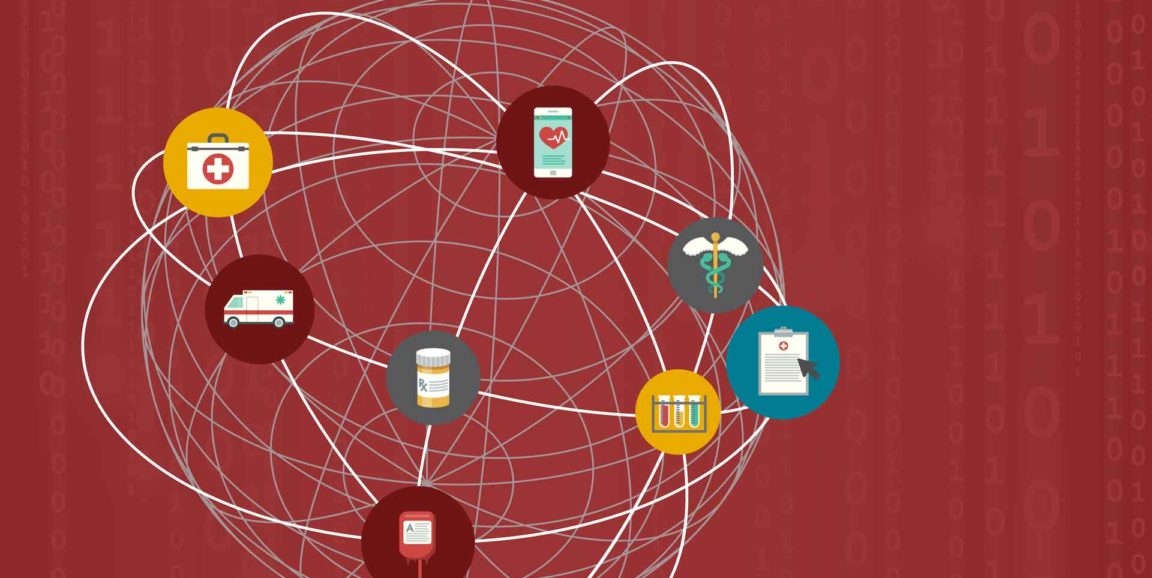In 2017, Stanford Medicine's inaugural Health Trends Report identified one fundamental force driving health care transformation: data.
Our second annual Health Trends Report, published last month, examines how the world is harnessing its massive amount of data and explores the opportunities this creates for patients, researchers, practitioners, and companies.
We once again built the report from a meta-analysis of industry research as well as interviews with industry experts and Stanford Medicine faculty members. These sources all confirm a single, unifying trend -- data is democratizing health care, making more and more biomedical information and expertise open to everyone, everywhere.
The report considers three critical factors in this democratization: intelligent computing, particularly artificial intelligence (AI), and its acceleration of medical decision making; information sharing and collaboration across the health care ecosystem; and data security, privacy, and safety in an open data environment.
Democratized health care is possible -- not inevitable.
While we're closer to a future in which care is more predictive, personalized, and accessible to all, two out of every three hospitals still can't find, send, receive, and integrate electronic patient information from another provider. And fear rather than promise still dominates much of the AI conversation: many believe the technology will lead to big job losses, though the facts suggest these fears are largely unfounded. Instead, the AI signs point to improved job satisfaction and a $150 billion reduction in health care costs over the next decade.
These and other challenges invite a host of complex questions that we must answer along the road to democratized health care. As care becomes increasingly automated, how can we avoid coding biases into algorithms and underlying data sets? As a record amount of data is generated, studied, and shared, how do we safeguard that data without sacrificing speed or hindering collaboration? And how can electronic health records, a primary culprit of physician burnout, instead spark the insight and connectivity for which they were intended?
Following in the footsteps of its predecessor, our most recent report does not seek to provide definitive solutions. It instead aspires to two more modest goals: first, to inform an important, evolving conversation with a body of research and expert insight; and, second, to encourage others to join in the ongoing discussion. After all, achieving a more democratized health care system, by definition, demands that we all participate in shaping its future.
Lloyd Minor, MD, is dean of the Stanford School of Medicine and a professor of otolaryngology-head and neck surgery. A modified version of this piece originally appeared on his LinkedIn page.
Illustration by Allison Walsh




